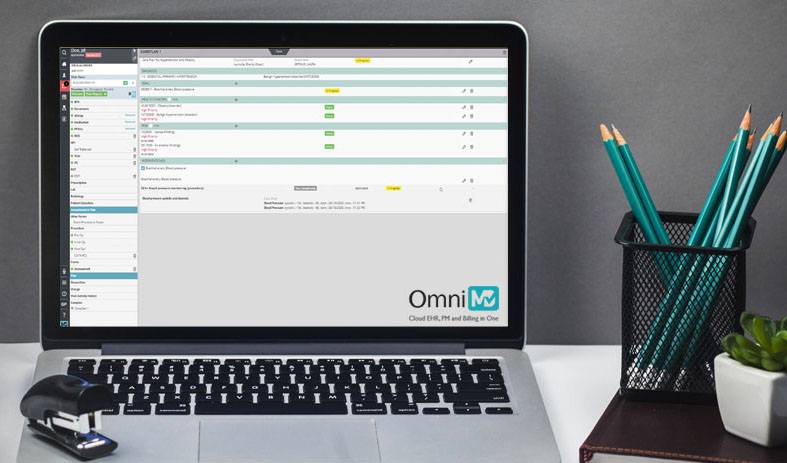
Are You Getting Cardiology Billing Denials? 9 Tips to Prevent Leaking Revenue
Are You Getting Cardiology Billing Denials? 9 Tips to Prevent Leaking Revenue
October 29, 2020
Billing denials adversely affect the operational and financial efficiency of a healthcare practice resulting in higher administrative charges. According to a recent Healthcare Information and Management Systems Society (HIMSS) report, 76.1% of healthcare leaders say that denial is the biggest challenge.
By the time your claim gets denied, you have already spent not less than two weeks. Then to appeal a denied claim, you invest additional time, money, and resources. It also means a longer waiting period to receive reimbursements. Cardiology billing denial is no exception.
With more insurance companies imposing stricter eligibility criteria for claims submission, cardiologists find it increasingly difficult to receive reimbursements. Wondering why cardiology claims get denied? Some of the most common reasons for cardiology billing denials are:
- Incorrect or incomplete documentation.
- Illegible handwriting if claims are manually submitted.
- Incorrect coding.
- Missing modifiers, combination codes.
- Preauthorization not obtained.
How to Prevent Cardiology Billing Denials
As outlined by the Medical Group Management Association (MGMA), a practice should achieve a 95% or higher clean claim rate. Interestingly, most practices struggle to achieve a clean rate above 75%. Now even for a small practice that files 2000 claims with a 10% denial rate, it comes to 200 denied claims! According to MGMA, reworking a claim costs $10-$25, translating into a considerable number for these 200 claims.
Given the complexity of these challenges, you should act fast and start with addressing the core issues. To help you understand where it could go wrong, we have shared nine tips. Following these will surely increase the clean claims ratio and prevent denials or audits.
1. Avoid Late Filing
In order to meet timely filing requirements, billers need to make sure their claims are acceptable. A claim can be rejected at any stage, and once it returns to your desk, half the time is gone. Note that your payer is only interested in entertaining your claim when submitted with the required elements necessary for processing and well before the deadline.
Familiarize yourself with the best practices that ensure timely filing of claims to avoid denials:
- Always check payer-wise timely filing limits on claims submission.
- File fresh claims daily.
- Appeal denied or rejected claims before the deadline.
- Use an electronic claim submission software to avoid late filing.
2. Enter Correct Patient Information
Most mistakes start with the patient registration process. Avoid entering incorrect patient data and always double-check their date of birth, name or spelling, subscriber number, and other important information before filing. As, managing patient files manually can be challenging and there are chances of misplacing them, you can use an EHR to manage patient information and health records easily, update real-time, and securely share with authorized users. It will also help you avoid repeated paperwork and chances of mistakes.
3. Minimize Coding Errors
Accurate coding is critical to achieving claim success. Cardiology practices often face various challenges, such as, entering incorrect or deleted codes, missing modifiers or combination codes, lacking specialty-specific coding experience, and under coding. As a result, claims are either denied or underpaid. Codes like 93880 (non-invasive cerebrovascular arterial study) can be billed twice a year only. 93297 and 93295 cannot be used in conjunction together. To minimize coding mistakes, refer to the latest CPT, HCPCS, and ICD-10 CM and PCS code books. Subscribe to the quarterly newsletter released by the American Heart Association (AHA) to stay informed about the recent updates and changes. Additionally, you should often check for updates with the CMS and local regulatory bodies.
4. Check Insurance Coverage
Whether you are rendering service to returning patients or registering new clients, it is necessary to verify the patient’s eligibility and benefits each time.
Pay attention to:
- Pre-existing conditions.
- Lifetime benefit cap.
- Change of employer or insurance plans.
- Whether your facility is listed as in network or out of network provider.
- Cardiac tests and services are not covered under the plan.
5. Avoid Duplicate Filing
Beware of duplicate filing claims for the same individual, same visit, and same service. Consider periodic audits and remove duplicates. When appealing a denied claim, ensure the necessary corrections. Failing to comply with the rules and resubmitting claims without making proper changes will lead to your claim being denied on the ground of duplicate billing and may even lead to auditing.
6. Use Diagnoses and Signs/Symptoms Codes Judiciously
According to the 2019 ICD-10-CM Official Guidelines for Coding and Reporting, Section I-B, healthcare practitioners are required to report confirmed diagnoses, if found, and not use signs/symptoms codes (2). The report indicates, “Codes that describe symptoms and signs, as opposed to diagnoses, are acceptable for reporting purposes when a related definitive diagnosis has not been established (confirmed) by the provider.”
7. Seek Pre-Authorization When Needed
Nearly 64% of physicians report it is difficult to determine which tests and procedures require pre-auth by insurers. Many cardiologists lose out on their claim(s) settlement failing to abide by the pre-auth requirements. Several cardiac procedures on the heart and pericardium like ‘pacemaker installation, ‘electrophysiologic’ and/or implantation of hemodynamic monitors, etc., require preauthorization. If you render services that fall under this criterion, verify with the insurance provider, and obtain a preauthorization.
8. Ensure Complete & Accurate Documentation
Incorrect documentation can cost your time, revenue, and put you at risk for denials and payer audits. As short-hand notes can be confusing and lack depth, you should ensure complete documentation and transcription. It will help you avoid unnecessary hassle and miscommunication with billers and coders. An Electronic Health Record and Practice Management System can efficiently help you achieve higher accuracy.
9. Optimize Revenue Cycle Management Software
Using an advanced revenue cycle management software can significantly reduce administrative errors and billing denials. For example, OmniMD comes with intuitive solutions for cardiologists, and specialty healthcare providers, such as it triggers alerts, generates automated predictive analysis to potential flag denials, offers preauthorization tracking module all in one place. Consider switching to an effective and efficient EHR and Revenue Cycle Management software to enhance your claims filing experience and minimize revenue cycle gaps.
Cardiology billing denial is both unnecessary and avoidable. With the best practices and effective revenue cycle management software, you can surely achieve a higher clean claim rate and prevent denials.










